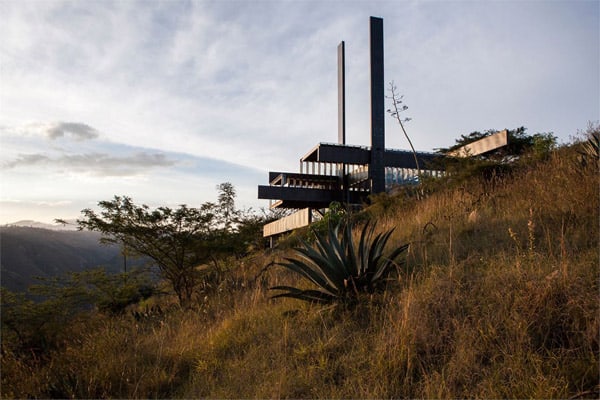
Algarrobos House has been designed by architects José María Sáez, Daniel Moreno Flores in Puembo, Ecuador. The home is comprised of eight identical steel members, 18 meters long, placed along the x y z axis, confining the space for the house and at the same time opening it in different directions. They are abstract beams that are oriented looking for their relationship with the surroundings.
This structure grants a necessary inter-mediation between landscape and individual: in its long dimension it generates the large cantilevers towards the ravine or the masts that mark the presence of the house, in its short dimension two beams are equivalent to one usable height.
Supported by the steel structure, a subsystem of wooden members completes the spatial definition, diluting by repetition and consistency its condition of enclosure. Sequences of equal beams allow the floors and roofs to be sustained or suspended.
Glass planes protect the wood and complete the enclosure system. These planes, in many cases movable, reinforce the relationship with the exterior, be it by transparency or by reflection. The use of reflecting pools on the metal roofs insists on the strategy of mirroring the surroundings, diluting in part the presence of the architecture.
The connection of the user with the place is what generates the project, seeking to intensify the user’s connection with reality (place, material, activity) through a basic formal and construction system that at the same time reveals the origin of the architect’s thought process.
Environment, function and user are the starting points that drive the design. Form and construction work out a concrete solution. When formal and material decisions in the design process become interrelated operations, a specific solution is obtained which is at the same time coherent and viable, abstract and real. More than an object, a system is generated that is determined by a limited number of elements and rules of conjunction. By decanting elements through simplification and systematization and simultaneously enhancing their ability to generate relationships, a universal architecture is sought, one that intensifies the architect’s relationship with a starting point in reality.
Photos: Sebastian Crespo, Raed Gindeya Muñoz, Courtesy of Jose Maria Saez & Daniel Moreno

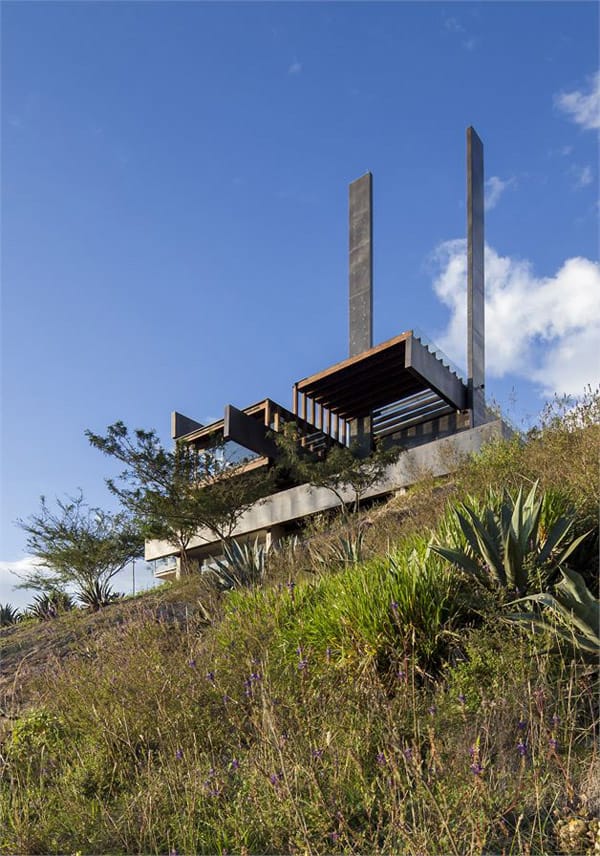
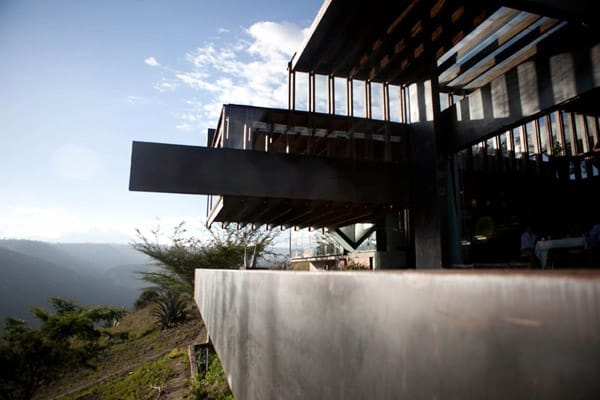
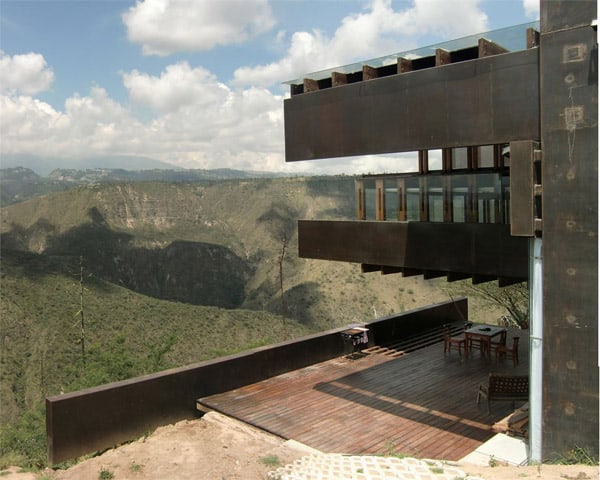
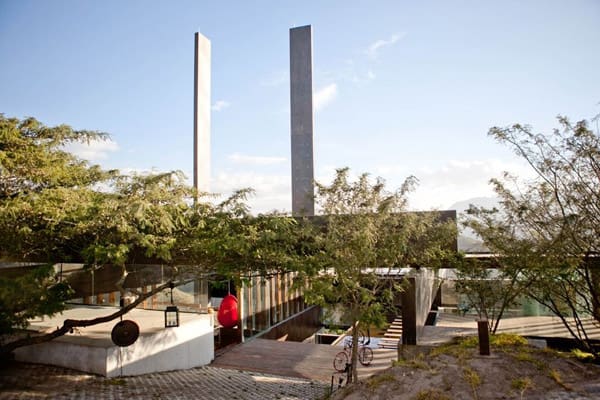

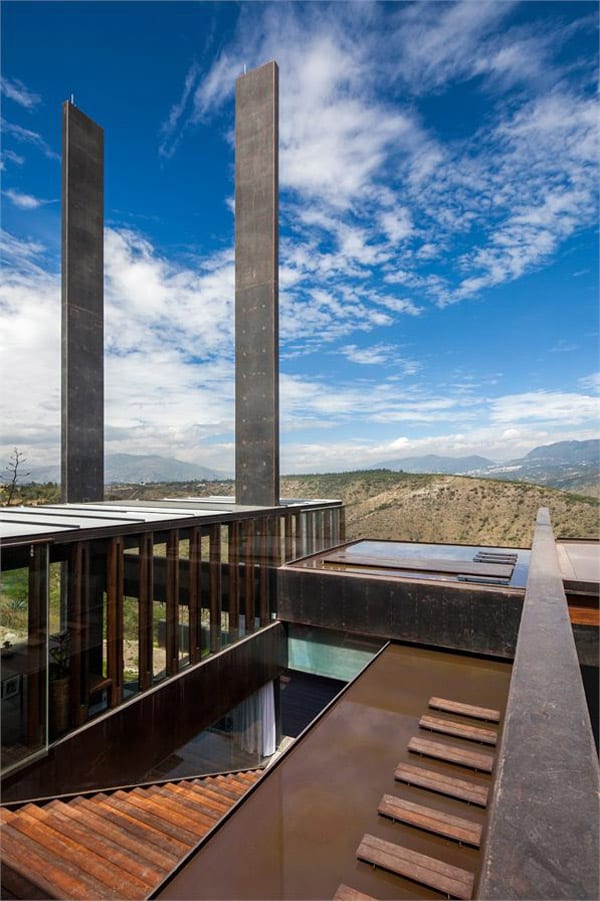

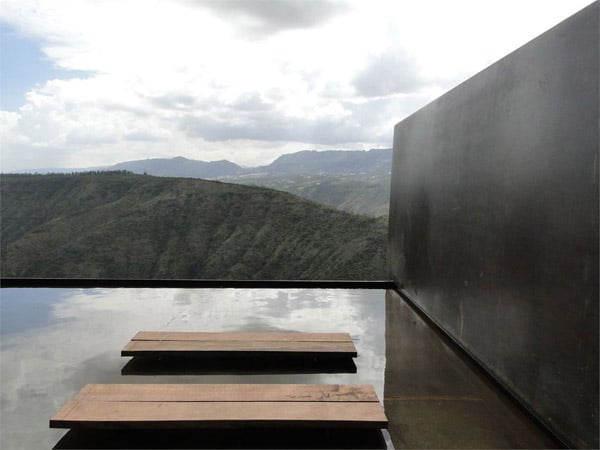
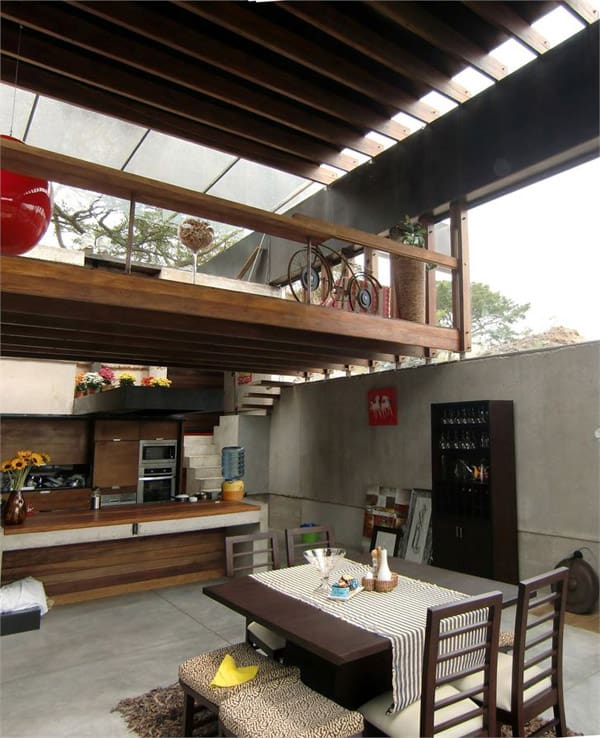
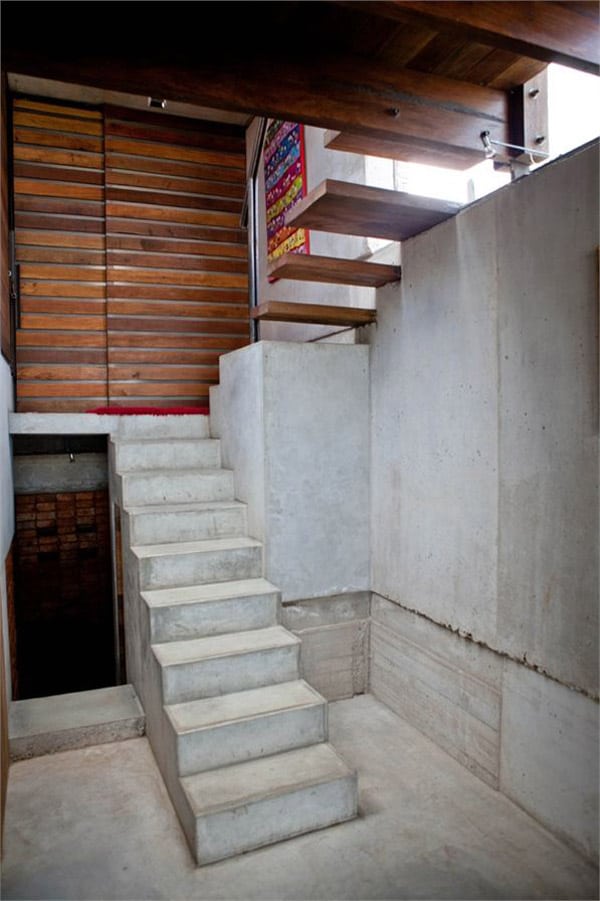
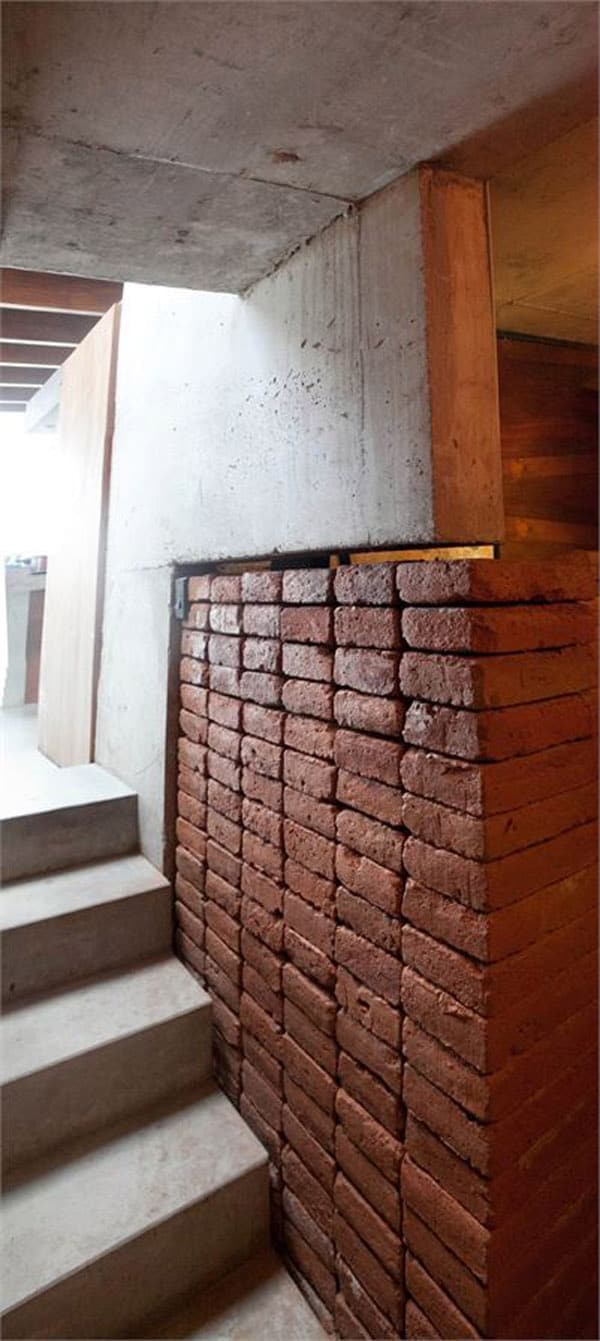
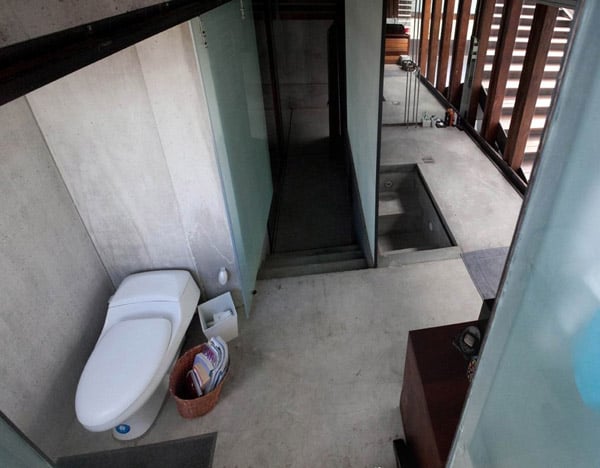
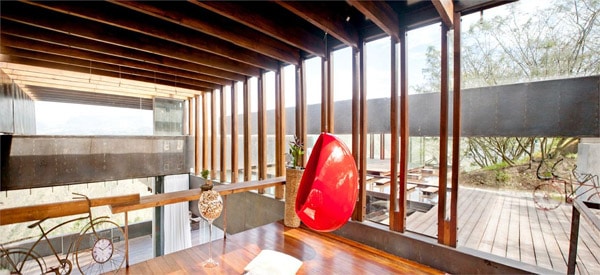
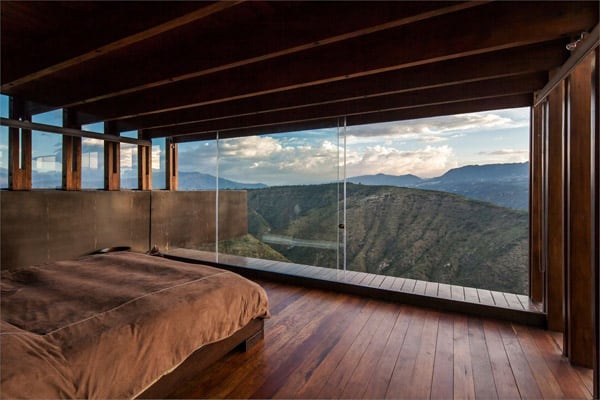
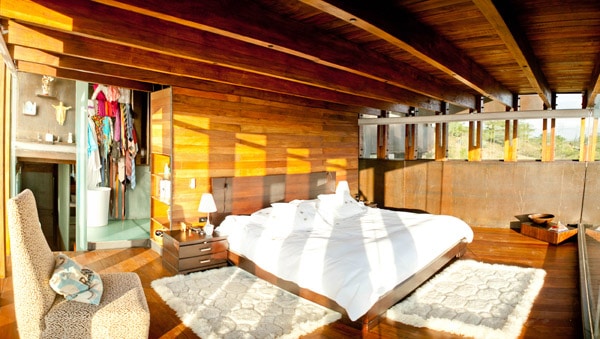



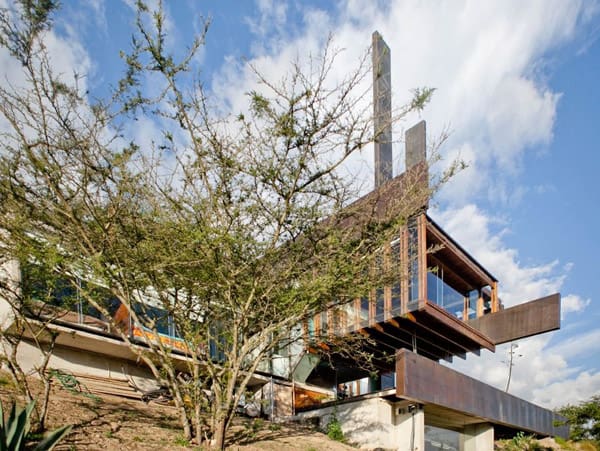
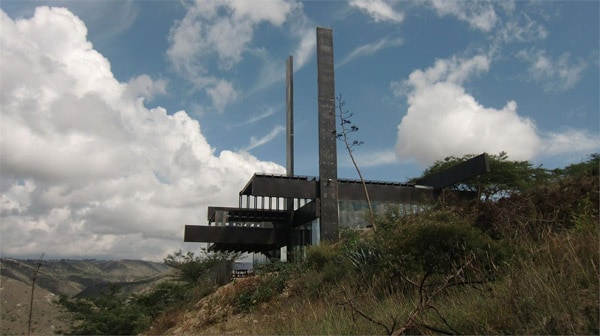


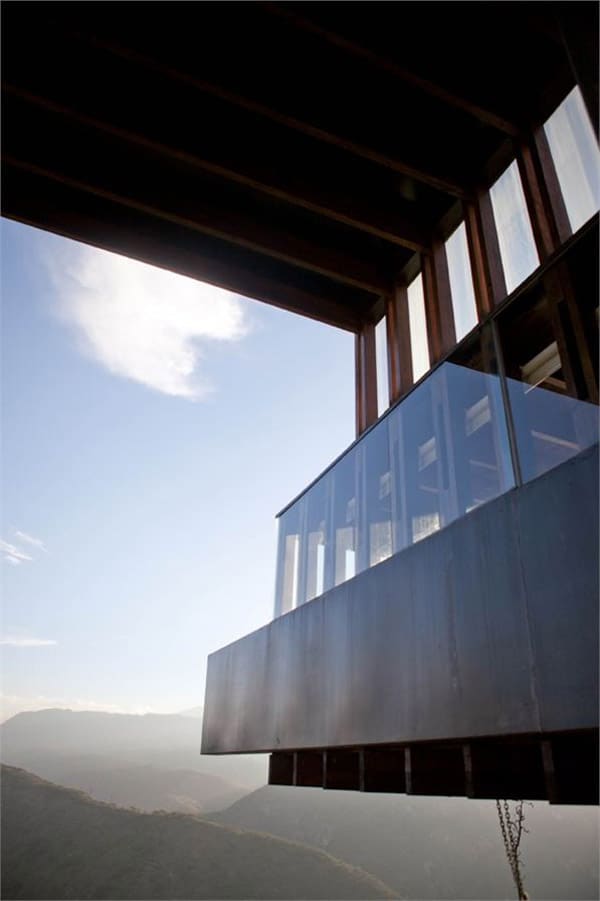
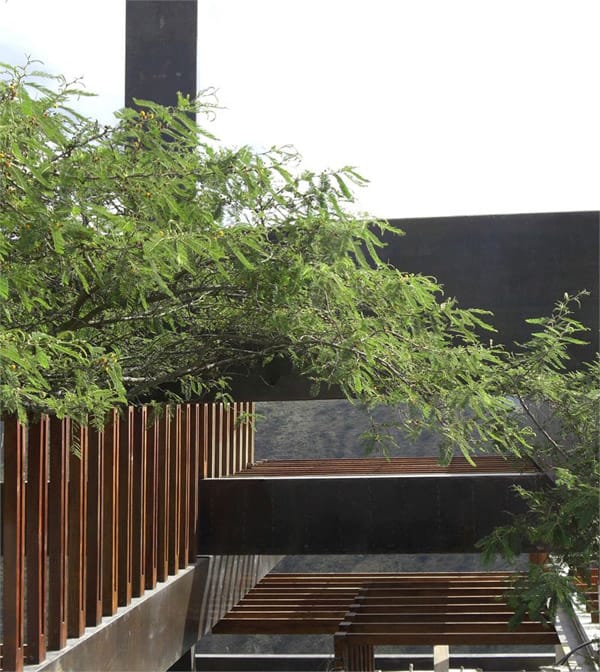
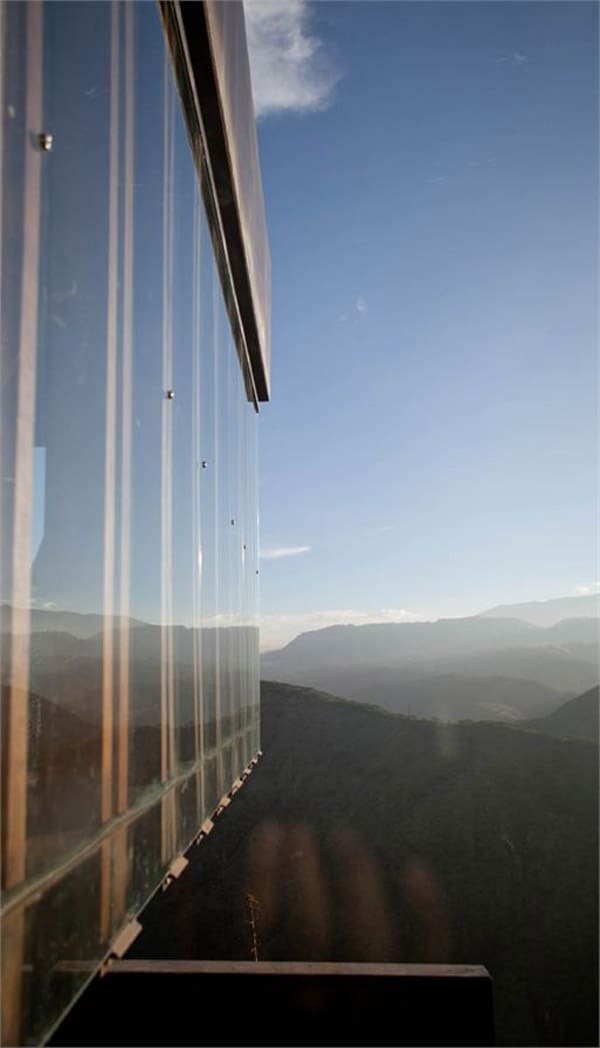
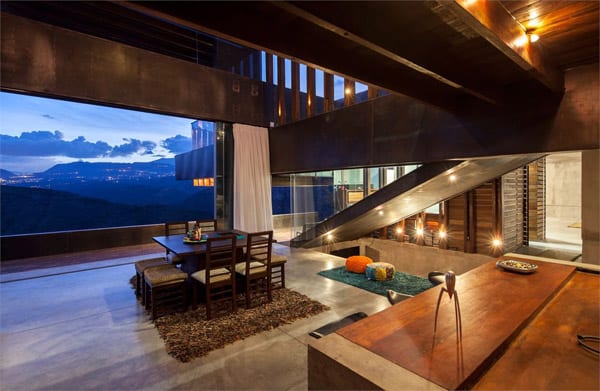
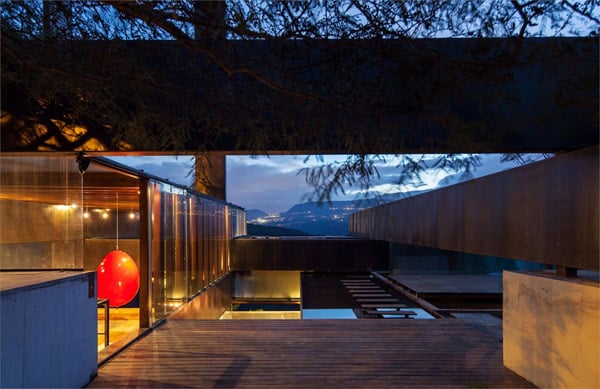
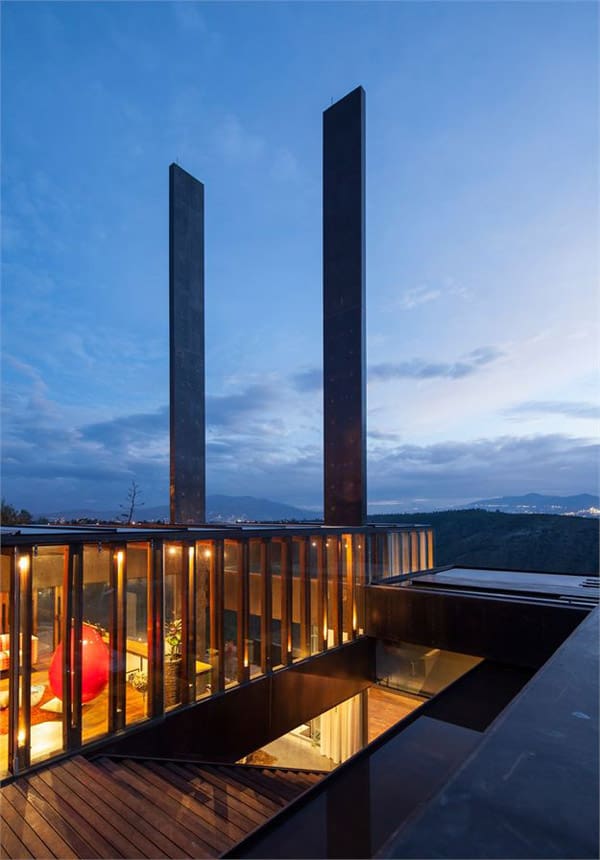

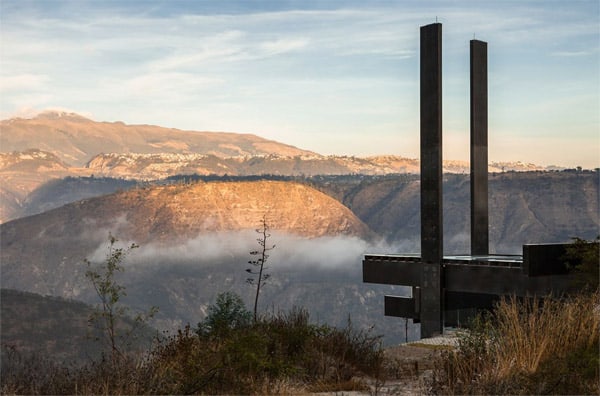
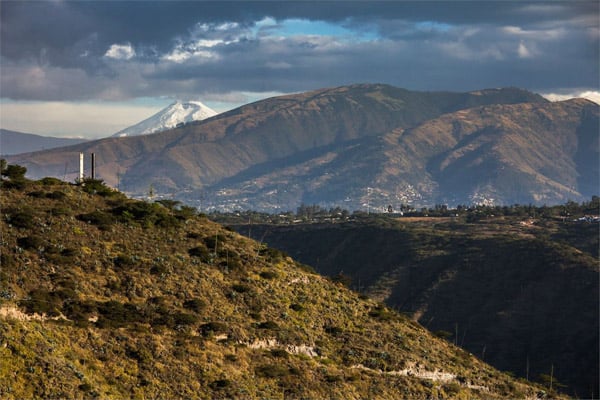

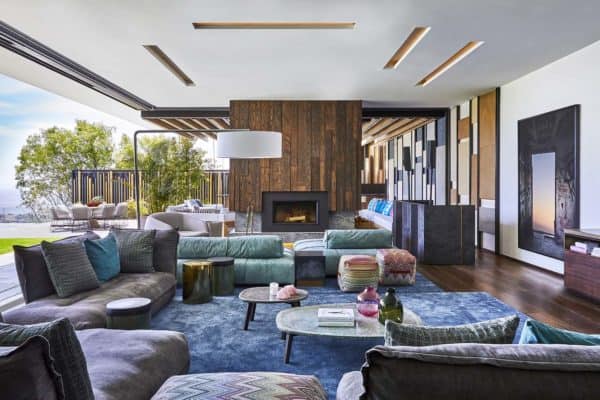
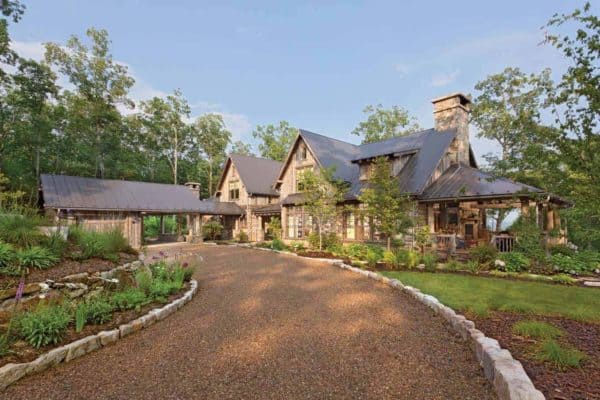
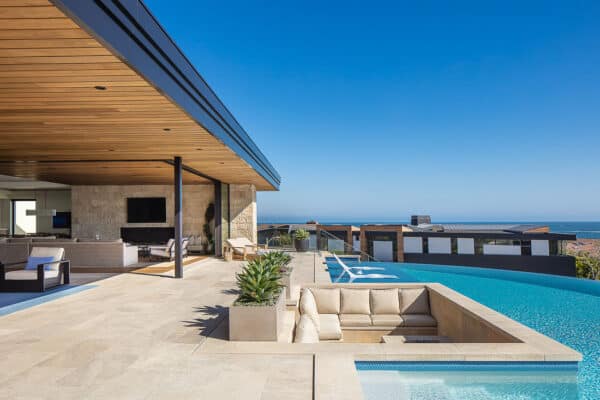
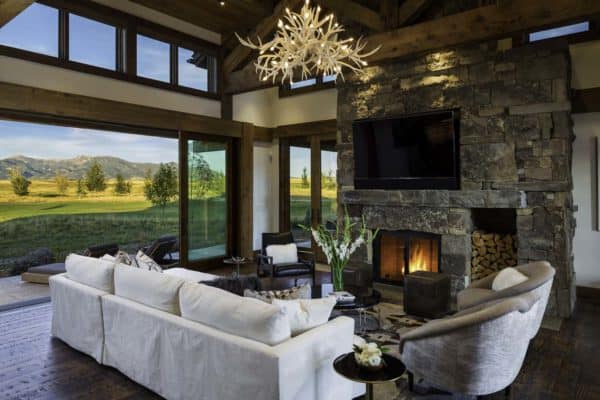
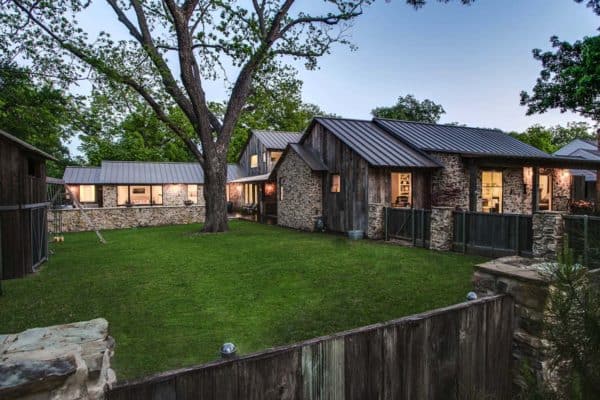

1 comment